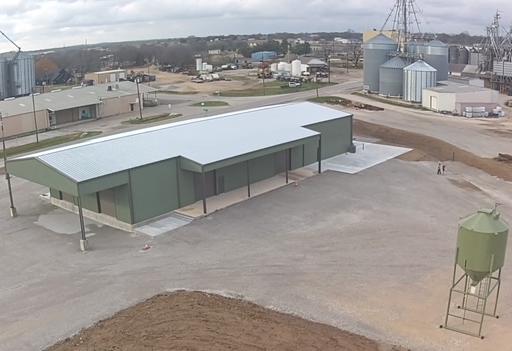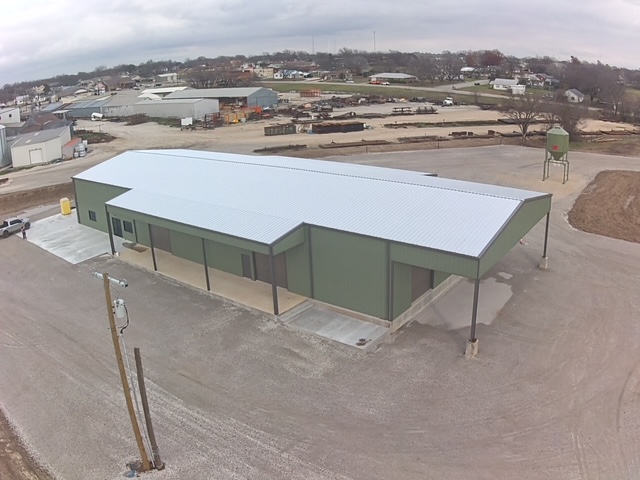| |
ND Seeks Court Approval 12/24 10:07
North Dakota Seeks to Recover $778K Surety Bond for Grain Sellers in
Hansen-Mueller Case
North Dakota filed a motion to recover $778,000 from a surety bond and use a
state indemnity fund to pay grain sellers unpaid by Hansen-Mueller Co.
Todd Neeley
DTN Environmental Editor
LINCOLN, Neb. (DTN) -- The state of North Dakota has asked a federal
bankruptcy court in Nebraska to lift an automatic stay in the Chapter 11
bankruptcy case of Hansen-Mueller Co., in order to conduct a state
administrative solvency proceeding against the company.
The North Dakota Department of Agriculture filed the motion in the U.S.
Bankruptcy Court in Nebraska this week and asked to be allowed to recover
$778,000 from a surety bond and to deposit the funds into a trust fund to be
administered by the North Dakota agriculture commissioner.
In addition, the state is planning to make distributions from the
credit-sale indemnity fund, which is a separate state-controlled fund to
holders of unpaid credit-sale contracts with Hansen-Mueller.
The state argues both the surety bond and the indemnity fund are not
property of the bankruptcy estate because Hansen-Mueller has no ownership
interest in them.
They exist solely by state law to protect grain sellers and are outside the
court's jurisdiction, the state said in the motion.
Based on court records, there are 41 unsecured creditors of Hansen-Mueller
in North Dakota.
The surety bond amount would be used to pay farmers and grain sellers who
were not paid for grain sold to the company under standard contracts.
The state's indemnity fund that is owned and operated by the North Dakota
State Treasury, is available to reimburse someone who sold grain to a licensee
under a credit-sale contract who was not fully compensated under such a
contract.
Assessments to the state's indemnity fund stop when the fund hits $6 million
and restart if it drops below $3 million. According to the state, indemnity
fund coverage is limited to 80% of a farmer's unpaid credit-sale contract, up
to a maximum payout of $280,000 per insolvency.
North Dakota is the second state to file such a motion, following the
Nebraska Public Service Commission.
Also, this week, the Nebraska PSC asked the bankruptcy court for an
extension of the Dec. 29, 2025, deadline to notify creditors of its plan to pay
farmers in the state using funds from a $1 million surety bond.
Because of the Christmas holiday, the Nebraska PSC said it will be unable to
meet the deadline and asked for an extension to Jan. 5, 2026.
Under the Nebraska Grain Dealer Act, dealers are required to post surety
bonds to obtain licenses. If payment terms are violated by the company, the
Nebraska Public Service Commission can forfeit the bond and distribute it to
valid claimants.
Read more on DTN:
"Nebraska to Use $1M Hansen-Mueller Bond,"
https://www.dtnpf.com/agriculture/web/ag/news/business-inputs/article/2025/12/19
/nebraska-seeks-court-approval-unpaid.
Todd Neeley can be reached at todd.neeley@dtn.com
Follow him on social platform X @DTNeeley
(c) Copyright 2025 DTN, LLC. All rights reserved.
DTN offers additional daily information available free through DTN Snapshot – sign up today.
|
|





